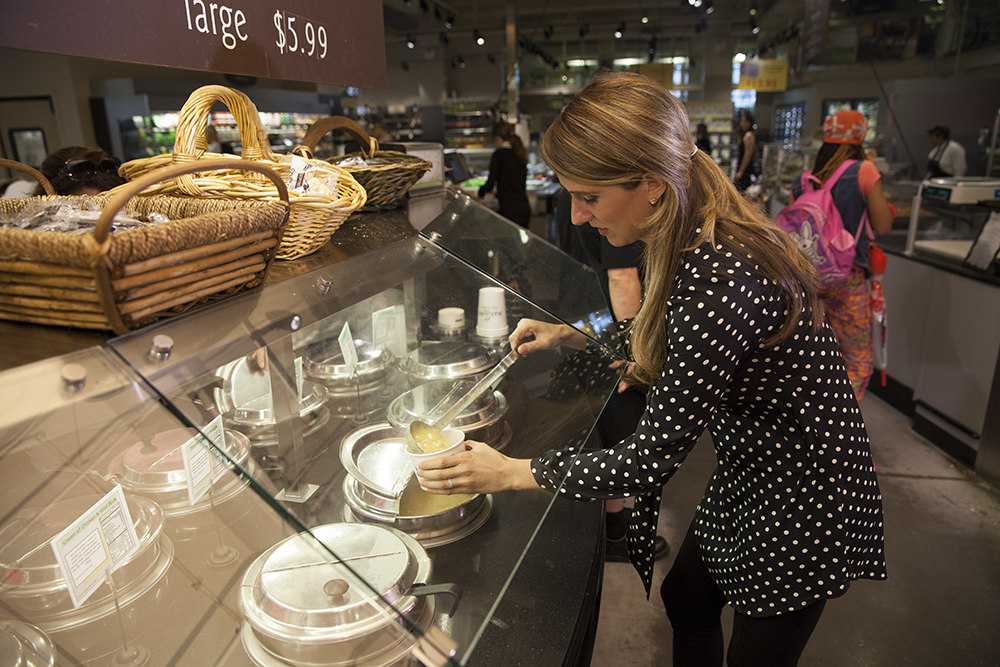If like most Americans you’re so busy juggling work, friends and family that you don’t have time to cook on most nights, you might already be shopping for gourmet ready-to-eat meals, which supermarkets are increasingly promoting.
We’re not talking about bland TV dinners or frozen meals that taste as bad as the cardboard box that holds them. Ready-to-eat gourmet meals have improved tremendously in recent years, thanks to new cooking techniques, the hiring of top chefs, and supermarkets’ focus on delivering quality food to customers.
Related: Why the Government’s New Dietary Guidelines Could Set Off a Food Fight
The quality of the food in these meals, which can be pre-chopped, pre-assembled, or even pre-cooked in some cases, has improved, as supermarkets are partnering with restaurants and chefs.

The packaging has also changed. It used to be less than appetizing, with cardboard boxes featuring a picture of what the meal should look like but rarely did. The new ready-to-eat meals, frozen or not, are now often presented in clear air sealed packages that are simple and show the food the way it really is.
In the past couple of years, Café Spice, which opened several restaurants in the late 1990s on the East Coast, has become one of the pioneers in distributing fancy, ready-to-eat meals, both Indian and Mexican, to supermarkets including Foodtown, Key Food, Whole Foods Market and Fairway Market in the New York area.
In Chicago, Mariano’s has been forging relationships with local chefs to develop its prepared food programs within its stores, which can be both eaten on the premises or taken home.
Other retailers like Central Market, Wegmans and Whole Foods, have also been successful with ready-to-go meals by targeting younger consumers and urban dwellers.
Of course, there are some downsides with ready-to-go meals. You’ll pay more than if you cooked a whole meal from scratch at home, although you’ll save compared to eating out at a restaurant, or even ordering in.
Top Reads from The Fiscal Times:





